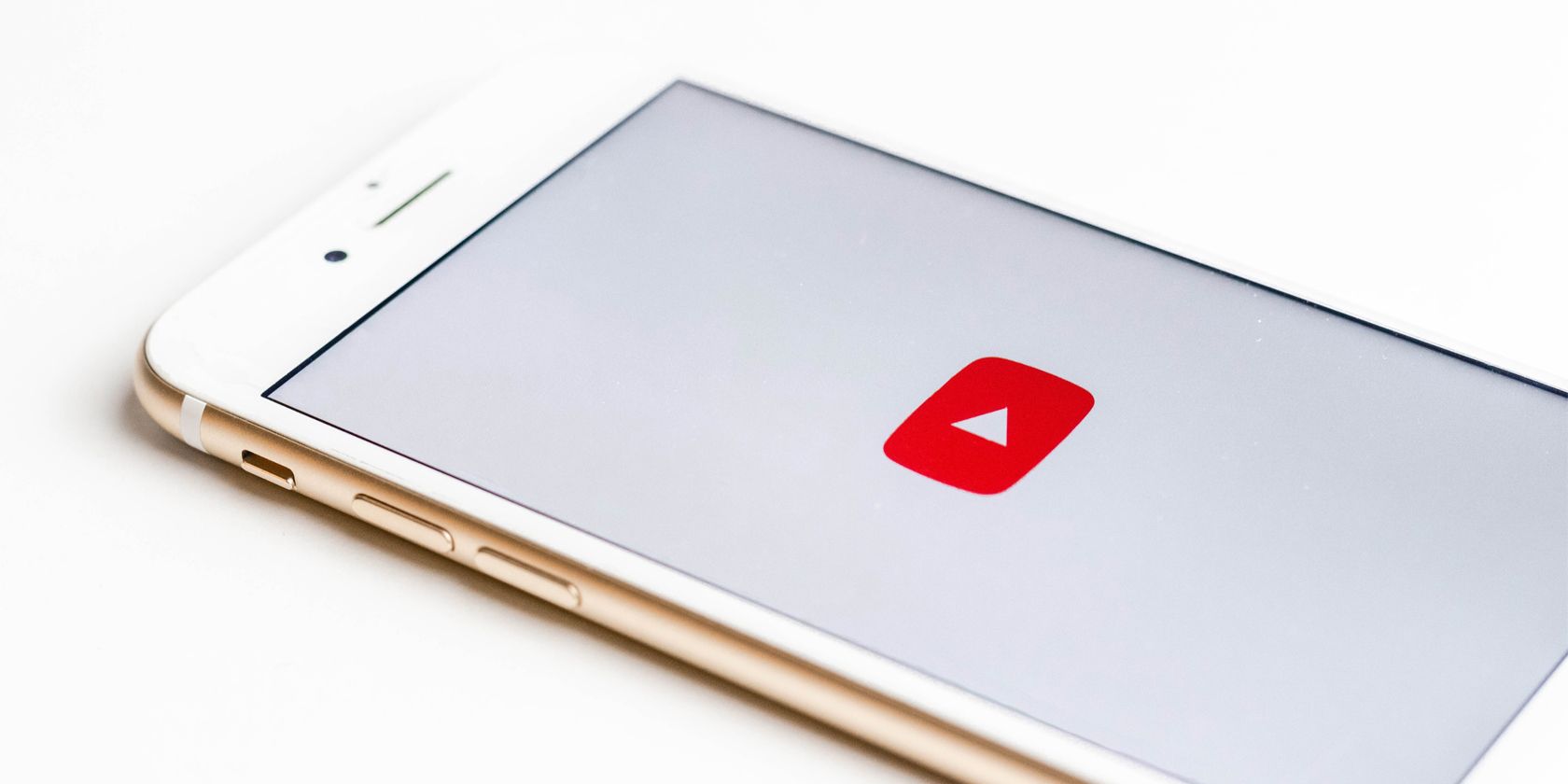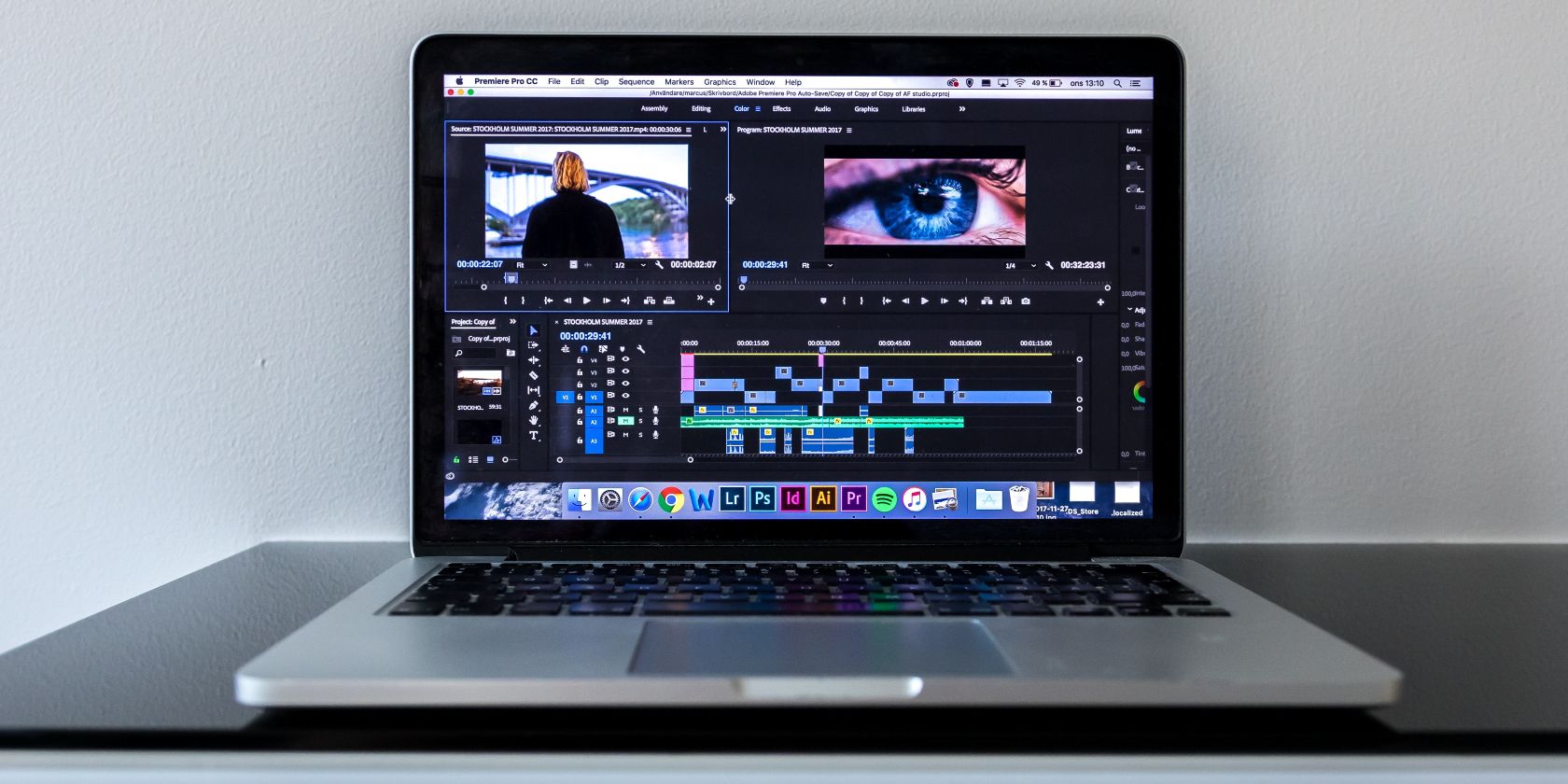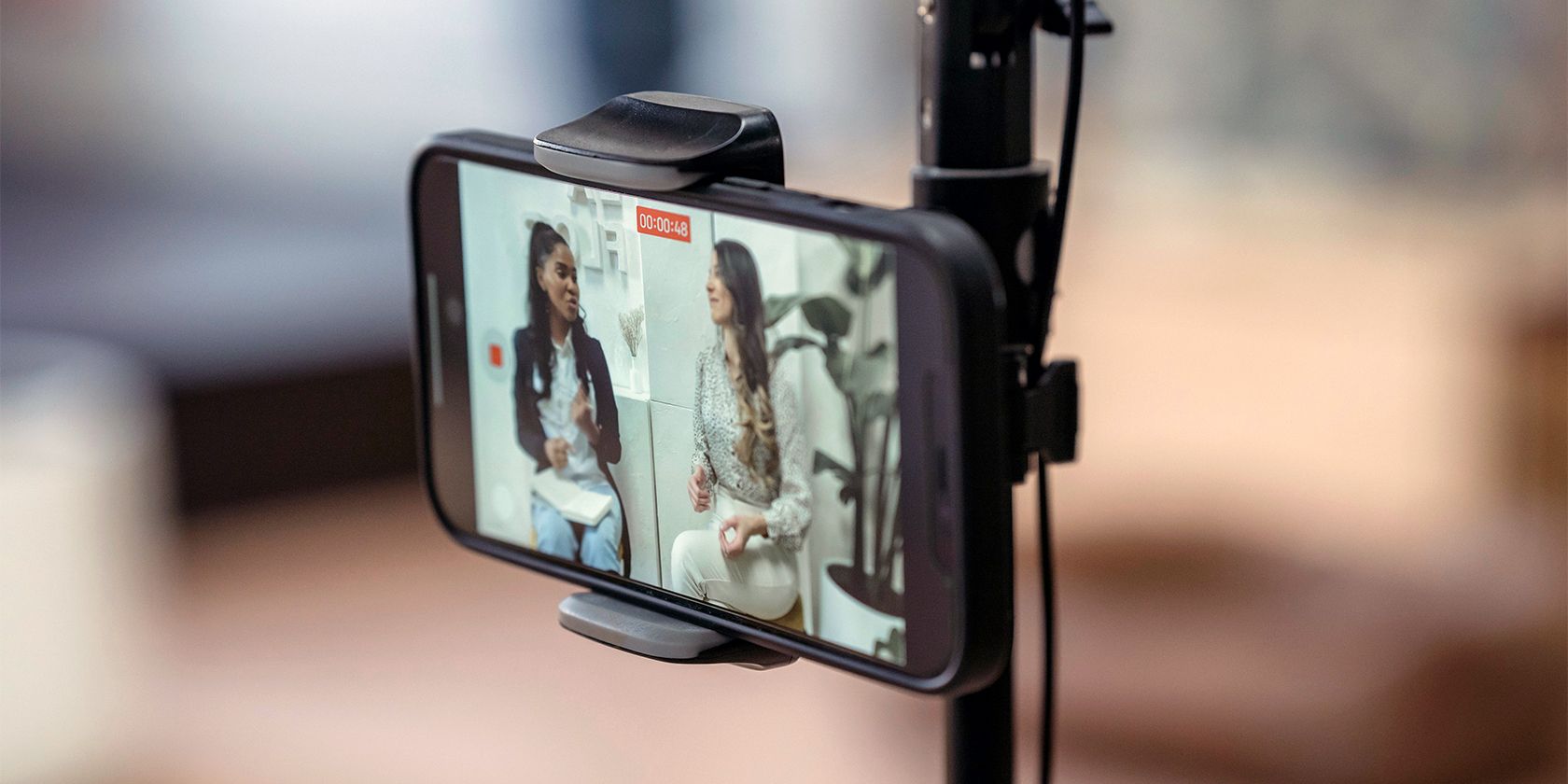As your YouTube channel evolves, you’ll probably change a lot as a human being as well. Your interests will probably change as you get older, and the old content format you used to publish on YouTube might not cut it anymore.
If you’re bored with what you currently post on YouTube and you’re looking to adopt a new approach, consider changing your niche. You might think that successfully doing so requires starting a new channel, but that’s not always the case.
While changing your niche requires a lot of preparation, you can still alter the direction of your YouTube videos and keep your current channel. This article will give you the best tips for doing so.
1. Make an Announcement Video
If you’ve been on YouTube for a while, you’ve probably built a loyal following. Since they’ve invested a lot of faith in you and subscribed to your channel for a specific reason, you owe it to them to explain your plans.
You can make a simple announcement video outlining why you want to switch niches, what the viewer can expect, and when you anticipate that you’ll fully make the switch. While you might lose a few subscribers, many will probably stick around because they like you.
If you’ve got a budget, incentivize current subscribers to stick around; you can host giveaways or give them discounts for signing up for your newsletter.
2. Slowly Change the Direction of Your Videos
If you look at many companies that rebrand, you’ll notice that it’s never an overnight thing. The process usually takes months, and in some cases, you might need to keep going for years before everything has successfully switched over.
The same will probably apply to your YouTube channel. For example, you can begin by posting one video in your new niche monthly, before slowly upping the ante. By the time you’ve fully rebranded, viewers will have no surprises.
If you don’t want to create full videos in your new niche just yet, think of ways to include aspects of it in your existing content.
3. Revise Your Uploaded Content
If you’ve published consistently on YouTube for over a year, you probably have a sizable catalog of videos to sift through. Sometimes, you might not need to start a new channel from scratch; you’ll already have content that fits your new vision.
You can keep all existing content that fits your new focus, which will make it easier for potential subscribers to trust you when they click on your channel. If you rewatch that content, you will probably also find new angles that you can use for future videos.
4. Hide or Delete Irrelevant Old Videos
Many YouTubers have more than one channel, and the main reason is simple: having a clear focus makes it much easier to attract the right types of subscribers. Once you’ve started posting in a new niche, you should strongly consider going through your old videos and hiding them from public view.
You probably spent a lot of time creating those old videos, so we understand if you don’t want to delete them for sentimental reasons. In such instances, you can unlist them instead. Just ensure they don’t impede your new direction.
5. Look at Your Current Ideas and Schedule
If you like to plan your YouTube content months in advance, changing niches might become particularly painful because you have to cancel your current schedule. If you feel overwhelmed, you might have more luck looking through your existing ideas and seeing if you can repurpose anything.
Unless your new niche is wildly different from your current one—for example, changing from a postage stamp collection to fishing—you’ll probably find some ideas you can use.
Tweaking these ideas will save you a lot of time brainstorming, and it’ll also help inspire new ideas.
6. Set a Clear Timescale for Your Rebranding
Once you’ve decided that you want to change your niche but are not interested in starting a new channel, you’re ready to start planning the big rebrand. To ensure that you go ahead with your plans, you should strongly consider setting a clear timescale of how long you expect everything to take.
After setting on a timescale, start filling out the periods in between with necessary action points. To keep everything organized and easily accessible, you can use Google Sheets or Microsoft Excel.
7. Accept the Potential Short-Term Losses
Many big YouTubers that post the same content as when they started—even when they no longer want to—do so out of fear. If you’ve built a business on YouTube, you probably have a lot of overhead—and it’s understandable that you might be a little hesitant to switch to a different niche.
If you’re changing to a new YouTube niche, you’ll need to accept that you will lose subscribers and views in the long term. Both of those could impact your revenue, too.
If you can’t afford for your channel to fail, think about how you can grow your income streams elsewhere. For example, you can work on a freelance basis for other companies—and you might also have success in selling digital products.
While your YouTube channel might make less money and lose subscribers initially, you’ll recuperate these losses once others discover your new approach.
8. Promote Your New Niche to Your New Target Audience
Once you publish videos in your new niche, you might feel like you’re starting again—even if you have the same YouTube channel. Since others might not know what you’re doing, you’ll need to find a way to get yourself in front of your target audience.
You can choose several methods to promote your content to others. Guest blogging on websites in your niche is one possible opportunity, and appearing on other people’s podcasts is another option.
As you diversify where people can find you, you’ll notice that you begin attracting subscribers interested in your new approach.
Changing Niches Is Scary, but You’ll Probably Need to Do It at Some Point
Rebranding on YouTube takes a lot of effort and courage; if you’ve built a successful business on the platform, you might find yourself asking why you’re bothering with change. But if you stick with the switch in the long run, everything might just work out—and your channel might become better than ever.
As long as you plan well in advance, starting a new niche on YouTube is very much possible without starting a new channel.







